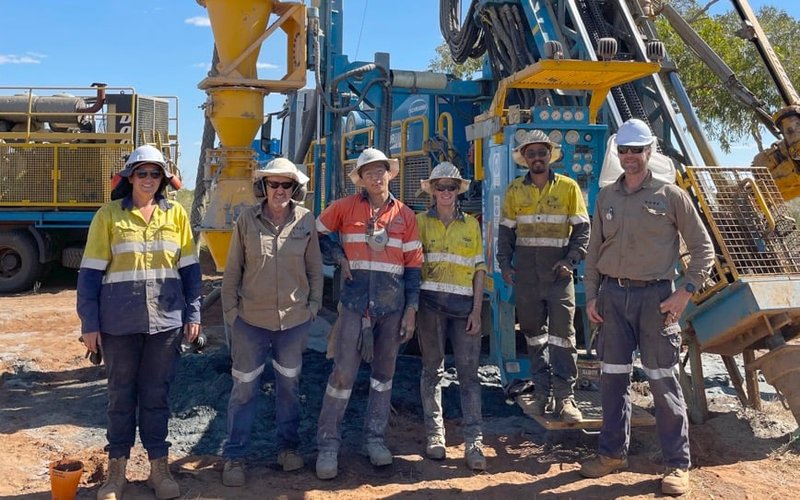Exploration company RareX (ASX: REE) has released an enhanced scoping study for a three-stage, phosphate-enabled rare earths development at Cummins Range in Western Australia’s East Kimberley region.
The study outlines a low capital expenditure, direct shipping ore (DSO) project as the springboard for a longer-term, high-value/low-risk, staged operation delivering a nationally-significant critical minerals project to the state’s far north.
It will be funded in three stages, underpinned by attractive and robust economics across a range of pricing scenarios over an 18-year mine life.
A simple first stage will establish a low-risk operating platform over the first three years before RareX expands into Stage 2 where operations and offtake are expected to be materially de-risked.
Beneficiation plant
Stage 2 will see the installation of a $304 million mid-sized flotation beneficiation plant to produce 550,000 tonnes per annum of phosphate-rare earth mineral concentrate from the weathered resource.
The concentrate is expected to be pre-treated at an offshore phosphoric acid plant facility in southeast Asia to leach the clean apatite (phosphate) mineral and liberate the monazite (rare earth) mineral.
Rare earths will then be refined by a third party used in the technology and clean energy sector where the dominant rare earth oxide neodymium-praseodymium is used in magnets in electric vehicles and wind turbines.
Stage 3 of Cummins Range will involve a $63 million upgrade of the beneficiation plant after the first decade of operation.
A mine closure cost of $41 million has also been allocated at the end of this stage.
Learnings and recommendations
The enhanced scoping study builds on learnings and recommendations from an initial version released in September.
The information was combined with metallurgical testwork and an updated mineral resource estimate announced in May which covers approximately 40% of the Cummins Range carbonatite pipe.
The total resource now sits at 519 million tonnes grading 0.32% TREO (total rare earth oxides) and 4.6% phosphorus pentoxide for 1.6Mt contained TREO and 24Mt contained phosphorus pentoxide.
The updated estimate positions Cummins Range as the second-largest rare earths deposit, and the largest undeveloped rare earths deposit, in Australia.
Exceeding expectations
Chief executive officer James Durrant said the enhanced study exceeded the company’s expectations.
“This study shows a practical approach to the economic extraction of rare earth elements in conjunction with valuable phosphate fertiliser or battery feedstock,” he said.
“The staged approach differentiates us from more conventional rare earth developments which typically have less favourable geology and more complex infrastructure requirements… we have materially progressed the pre-requisites for regulatory approval for Stage 1, giving us the best chance of becoming an operator in the next couple of years.”
Mr Durrant said the company’s board of directors had approved the start of a definitive feasibility study for Stage 1 of Cummins Range and a pre-feasibility study for Stage 2 to commence later this year.
